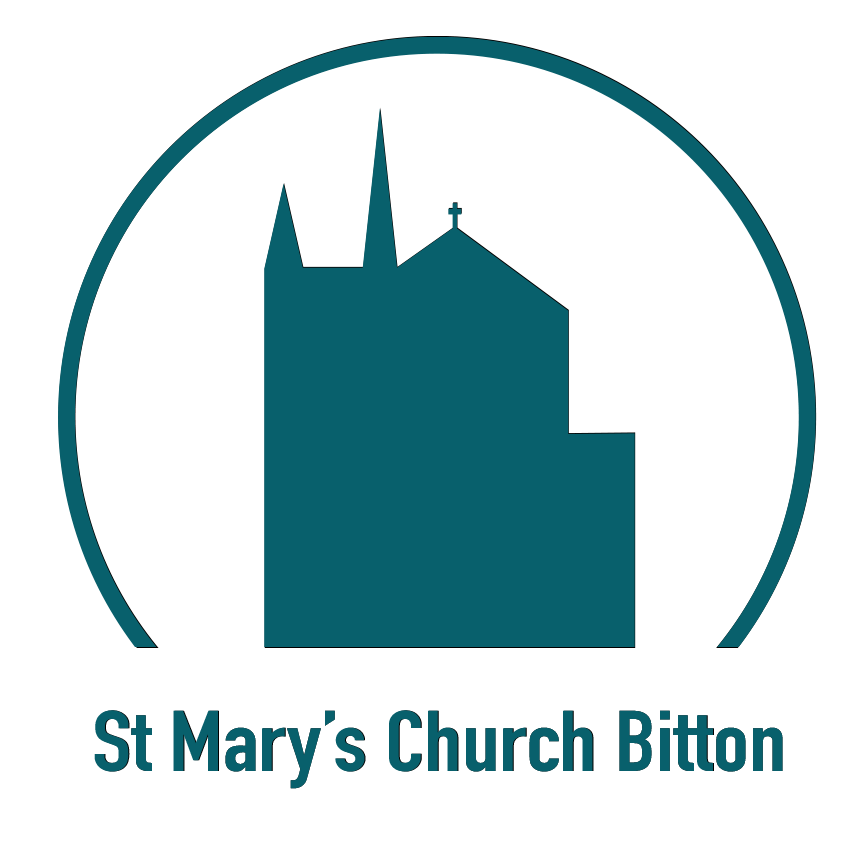Early Life
Robert Lucas Pearsall was born at Clifton on 14 March 1795; his father, Richard, was born into a Quaker family at Willsbridge, but married an Anglican, Philippa Still, and was ‘written out’ by the Religious Society of Friends (Quakers). Richard was a cavalry officer at the time of Robert’s birth, and the family lived in Kingsdown, Bristol, until Richard’s early death in 1813.
Robert began training for the Bar in 1816, the year that he and his mother moved to Willsbridge House. In 1817 he married Harriet Hobday, daughter of the portrait artist, William Armfield Hobday; Pearsall was called to the Bar in 1821, and began practice in his own right as a barrister in Bristol.
The Pearsalls had four children at Willsbridge: John, who died soon after birth in 1819; Robert in 1820; Elizabeth in 1822; and Philippa in 1824. Bristol journals note Pearsall’s presence at charitable concerts in the city, but any other hint of an interest in music during this period is nowhere to be found.




